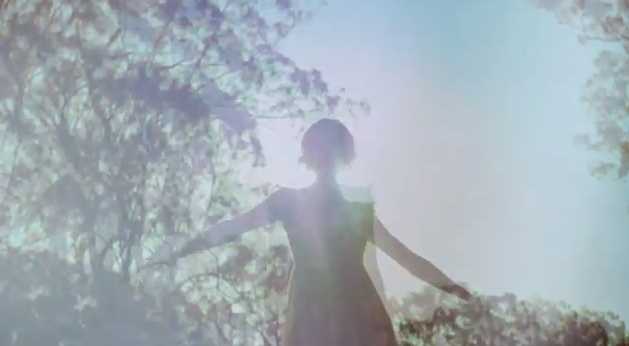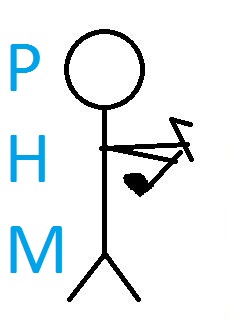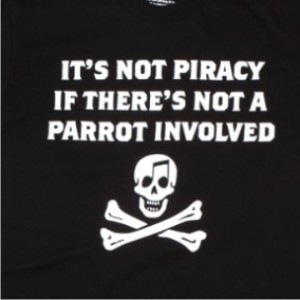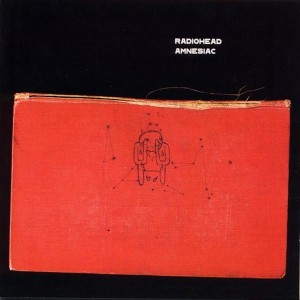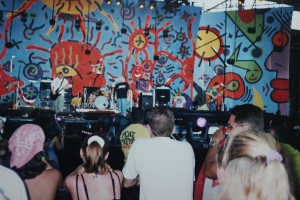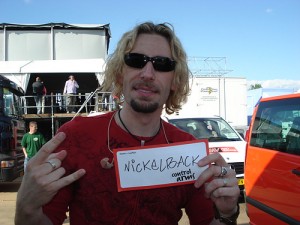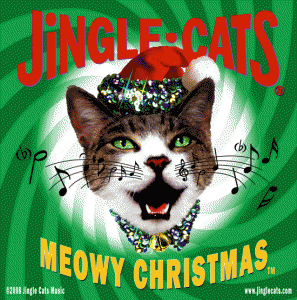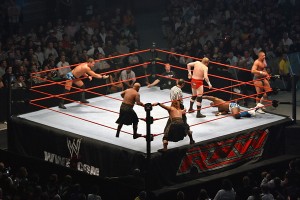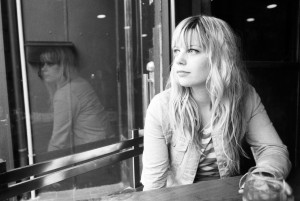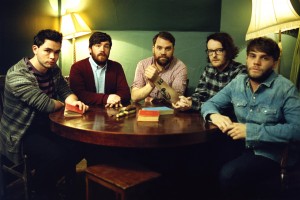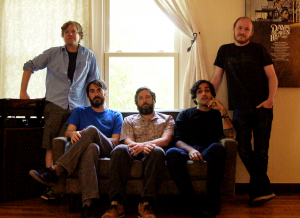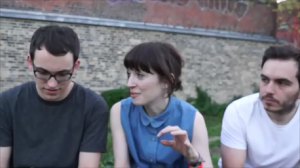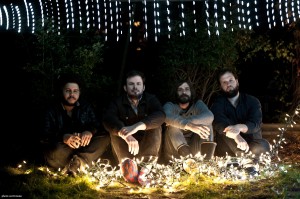Better know a musical genre – the story of Go-go and why you should care
So – what is Go-Go?
On December 6th 1965, Smokey Robinson’s The Miracles released a song called Going to a Go-go and unwittingly set off a chain of events that would culminate in the writing of this article. Is your mind BLOWN yet?!
Like almost every popular hit that followed The Miracles’ release, the borderline-gibberish lyrics of a pop song became pop culture – and popular culture became the lexicon of youth. Like cowabunga. The young people of the time began to refer to a club as a “go-go”; a trend I am desperately hoping comes back.
This notion of a dance club as a ‘Go-Go’ filtered out from Detroit to the rest of the USA, hitting Washington DC in 1966. Because Jamaica’s DJ influence was still thousands of kilometres and 20~ish years away, club music of the time is still performed by live bands on (gasp!) real instruments! In Washington, these bands were led by Chuck Brown & The Soul Searchers – originally a pop music cover band who would play 40-50 hits every night in an effort to put wuss pub cover bands of the future to shame.
Recognize that hook from anywhere?
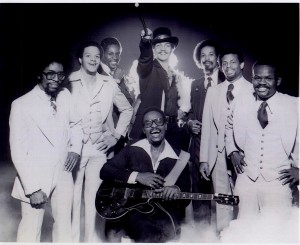
Chuck Brown and the Soul Searchers – clearly funky. Photo via Chuck Brown’s website: WindMeUpChuck.com
What happens next is the brilliant part: instead of stopping between hits, the bands in DC start to play improvised percussive jam sessions in between the songs. The band got to tune, fix guitar strings, drink a root beer float – or whatever the hell kids did in those days – and the dance floor stayed full!
Predictably, the bands’ rhythmic ability and the breaks they created to bridge 2 hits became as important to the scene in DC as the songs themselves. The show – effectively the danciest, funkiest, most dance-floor filling music of the time – was mixed into one giant, funky, percussive thought. This, in essence, is the birth of Go-go and the birth of modern dance music.
The bands started to grow in size, write their own music and by the 1970s, a unique, funky, percussive style of music had emerged in Washington. The breaks had stretched out the songs to be longer jams, the rhythm was a syncopated swing with a unique congo-heavy percussive flow, highlighted by an instrument called “The Goombox,” which is a terrible name, if you ask me.
I don’t want to dwell on the Goombox too long, but it’s worth mentioning because it is the most critical instrumentation differentiator between awesome Go-go bands and lame-ass Funk bands of the day. It would remain one of the keys to the Go-go sound until hip hop’s influence started to bleed through in the late 1980s.
This – from Kevin ‘Kato’ Hammond; Washington-area musician and music journalist, owner of ‘Take Me Out To The Go-Go” magazine, and pretty much the only Go-Go historian I could find anywhere:
Bright Moments, who was the conga player on Chuck Brown’s Bustin Loose album, used four large congas. This was in fact the basic conga set up of 70s funk bands.
Unable to really afford all four of the large congas, [he] purchased two of the large ones and a set of Junior Congas.
Mostly notably referred in the Go-Go community as “Goombox,” the Junior Congas have a sound that is a cross between a Bata Drum, a Bongo, and a Conga.
Jungle Boogie, who prior to this was a vocalist with The Hicks Brothers, entered into the Rare Essence camp. There, he inevitably evolved as their conga player. His inaugurated off-beat smacks of the congas, utilized the Junior Congas with poetic justice and dazzling showmanship. It’s been stated that when he played, his hand movements looked like cobras.
From that point on, everybody (and their mother) went and bought the Junior Congas.
Beyond unique percussion and snake-like drumming postures, Go-go also produced a unique style of vocals. While Chuck Brown’s band originally started playing breaks to keep people on the dancefloor, subsequent Go-go bands started to rely on call-and-response lyrics in their original songs to keep the attention-deficit jerks of the 1970s and early 1980s engaged in the show.
Hip Hop’s late 80’s-early 90’s explosion predictably changed everything about the genre. The bands started to evolve hip hop’s call-and-response lyrics and use synthesizers. MCs started to sample Go-go bands rather than starting bands themselves, and the live band element was often stripped down to a DJ and MC and a simple percussion setup. It’s all still Go-Go, but in the early 90s, things got complicated:
Go-Go in the 90s – call-and response vs. the drum machine
Go-Go in the 90s – the band gets hip hop vocals. (yes, that is The Wire’s Slim Charles)
So – back the the point of all this: why should you care? Well, how about this: could you imagine dance music growing to the popularity it has without someone figuring out how to keep the dancefloor moving between choruses? Could you imagine dance music developing without the breaks that came from the funk and soul drummers of the 60s and 70s? Well, if you hear anything remotely syncopated, it’s probably originally a Go-Go sample.
Essentially, I’m claiming that without Go-Go, you’d have no dance music right now. Or if you did, it would sound different. And that deserves some damn respect.
